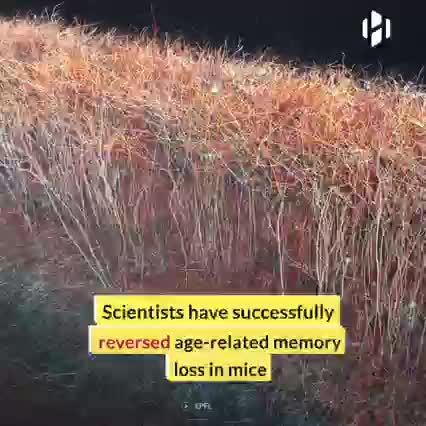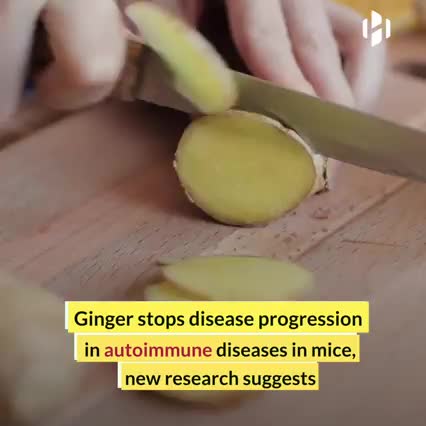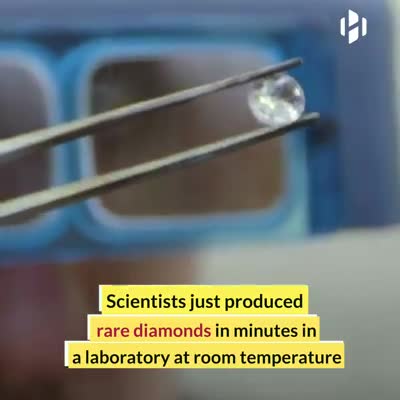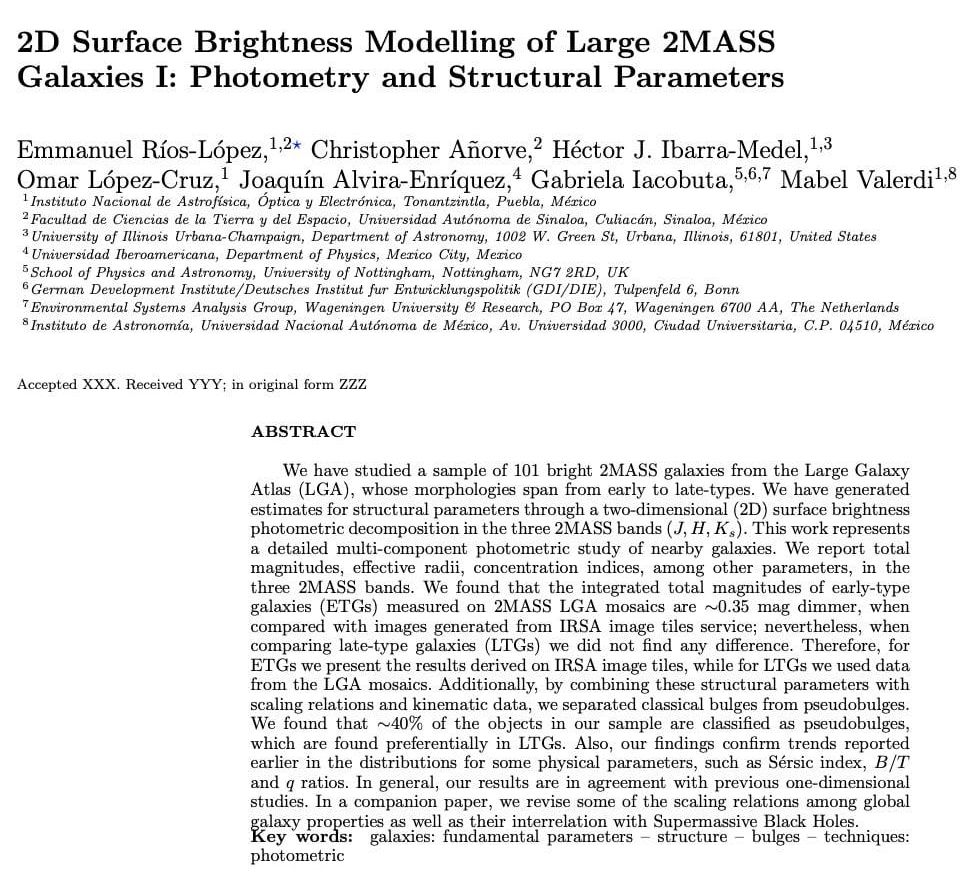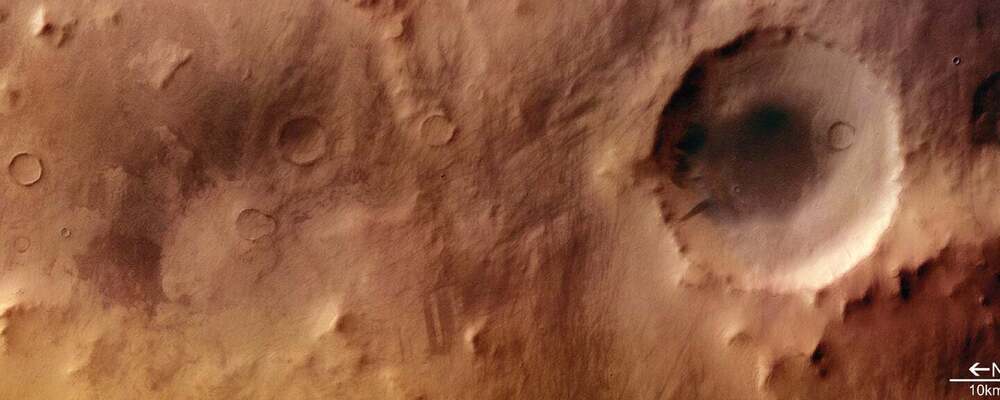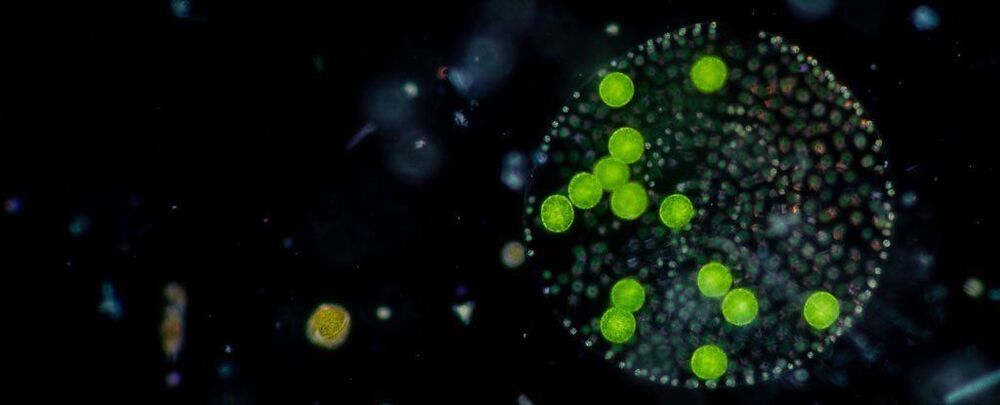Congratulations to Dr. Emmanuel Ríos López and her co-advisor Dr. X’opher Añorve and to our collaborators, Dr. Hector Javier Ibarra Medel, the Dr. Mabel Valerdi, the Dr. Gabriela Ileana Tudorica Iacobuta and the lng. Physics. Joaquin Alvira Enriquez. Three generations of summer students (VICI): Alvira-Enriquez, Valerdi and Iacobuta. Three generations of PhD students: Añorve, Ibarra-Medel and Rios-Lopez.
In this work we analyzed a sample of 101 brilliant galaxies using a two-dimensional decomposition of the shallow shine. This work serves to explore the formation of galaxies and their relationship with the supermassive holes black houses in their cores. We fixed some errors that the original sample came dragging.
We are grateful to Prof. Thomas Jarrett and Dr. Chien Peng for helping us along the generation of the work. We are standing on their shoulders, Prof. generated the Large Galaxy Atlas and Dr. Peng gave us GALFIT the best software for galaxy 2D surface brightness analysis.
We appreciate the sponsorship of INAOE, Conacyt„ Academia Mexicana de Ciencias and the Verano de la Investigación Científica del INAOE.
Deep below the ground, radioactive elements disintegrate water molecules, producing ingredients that can fuel subterranean life. This process, known as radiolysis, has sustained bacteria in isolated, water-filled cracks and rock pores on Earth for millions to billions of years. Now a study published in Astrobiology contends that radiolysis could have powered microbial life in the Martian subsurface.
Dust storms, cosmic rays and solar winds ravage the Red Planet’s surface. But belowground, some life might find refuge. “The environment with the best chance of habitability on Mars is the subsurface,” says Jesse Tarnas, a planetary scientist at NASA’s Jet Propulsion Laboratory and the new study’s lead author. Examining the Martian underground could help scientists learn whether life could have survived there—and the best subsurface samples available today are Martian meteorites that have crash-landed on Earth.
Tarnas and his colleagues evaluated the grain sizes, mineral makeup and radioactive element abundance in Martian meteorites and estimated the Martian crust’s porosity using satellite and rover data. They plugged these attributes into a computer model that simulated radiolysis to see how efficiently the process would have generated hydrogen gas and sulfates: chemical ingredients that can power the metabolism of underground bacteria. The researchers report that if water was present, radiolysis in the Martian subsurface could have sustained microbial communities for billions of years—and perhaps still could today.
When plants first ventured onto the land, evolving from freshwater-dwelling algae, more than 500 million years ago, they transformed the planet. By drawing carbon dioxide from the air, they cooled Earth, and by eroding rock surfaces they helped build the soil that now covers so much land.
These changes to the planet’s atmosphere and land surface paved the way for the evolution of the biosphere we know. Land plants make up around 80 percent of Earth’s biomass.
The pioneering plants were small and moss-like, and they had to overcome two big challenges to survive on land: avoiding drying out, and surviving the Sun’s harsh ultraviolet light.
I think I posted about the work in Texas, but here is more work.
Israeli and American researchers have discovered a nanobody cocktail that could neutralize coronavirus, including the Delta mutation.
Nanobodies are single domain antibodies derived from llamas — or other members of the camel family.
The discovery of the cocktail and their effectiveness in combating coronavirus was published in the peer-reviewed journal Nature Communications.
“If we can produce an innovative drug through the cocktail, it will be a life-saving treatment — if given early in the disease,” according to Hebrew University School of Engineering and Computer Science Dr. Dina Schneidman-Duhovy, who helped lead the study with University of Pittsburgh researcher Dr. Yi Shi.

